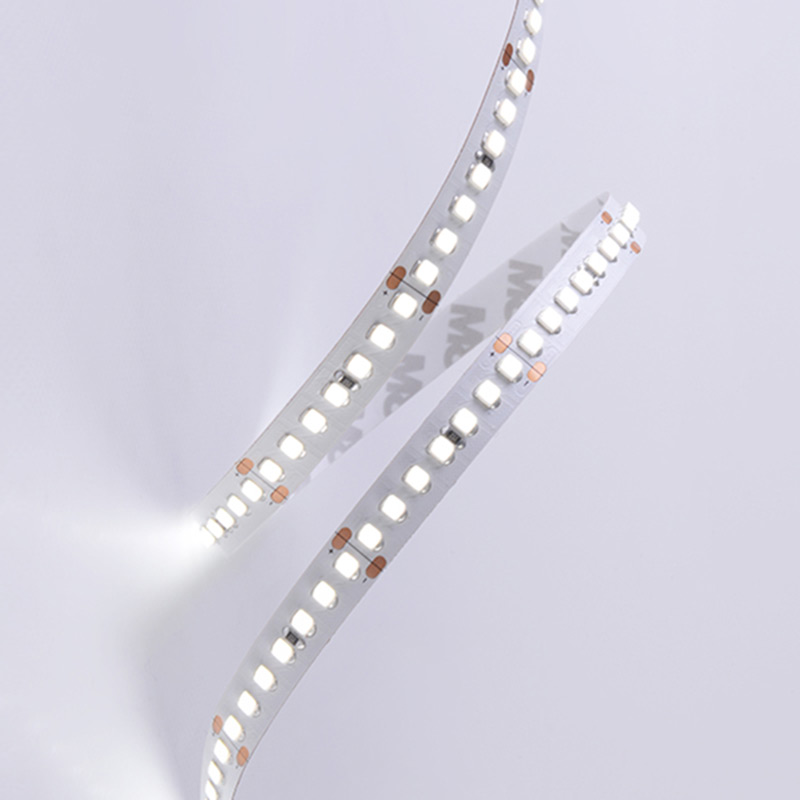
-
 Afrikaans
Afrikaans -
 Albanian
Albanian -
 Amharic
Amharic -
 Arabic
Arabic -
 Armenian
Armenian -
 Azerbaijani
Azerbaijani -
 Basque
Basque -
 Belarusian
Belarusian -
 Bengali
Bengali -
 Bosnian
Bosnian -
 Bulgarian
Bulgarian -
 Catalan
Catalan -
 Cebuano
Cebuano -
 Corsican
Corsican -
 Croatian
Croatian -
 Czech
Czech -
 Danish
Danish -
 Dutch
Dutch -
 English
English -
 Esperanto
Esperanto -
 Estonian
Estonian -
 Finnish
Finnish -
 French
French -
 Frisian
Frisian -
 Galician
Galician -
 Georgian
Georgian -
 German
German -
 Greek
Greek -
 Gujarati
Gujarati -
 Haitian Creole
Haitian Creole -
 hausa
hausa -
 hawaiian
hawaiian -
 Hebrew
Hebrew -
 Hindi
Hindi -
 Miao
Miao -
 Hungarian
Hungarian -
 Icelandic
Icelandic -
 igbo
igbo -
 Indonesian
Indonesian -
 irish
irish -
 Italian
Italian -
 Japanese
Japanese -
 Javanese
Javanese -
 Kannada
Kannada -
 kazakh
kazakh -
 Khmer
Khmer -
 Rwandese
Rwandese -
 Korean
Korean -
 Kurdish
Kurdish -
 Kyrgyz
Kyrgyz -
 Lao
Lao -
 Latin
Latin -
 Latvian
Latvian -
 Lithuanian
Lithuanian -
 Luxembourgish
Luxembourgish -
 Macedonian
Macedonian -
 Malgashi
Malgashi -
 Malay
Malay -
 Malayalam
Malayalam -
 Maltese
Maltese -
 Maori
Maori -
 Marathi
Marathi -
 Mongolian
Mongolian -
 Myanmar
Myanmar -
 Nepali
Nepali -
 Norwegian
Norwegian -
 Norwegian
Norwegian -
 Occitan
Occitan -
 Pashto
Pashto -
 Persian
Persian -
 Polish
Polish -
 Portuguese
Portuguese -
 Punjabi
Punjabi -
 Romanian
Romanian -
 Russian
Russian -
 Samoan
Samoan -
 Scottish Gaelic
Scottish Gaelic -
 Serbian
Serbian -
 Sesotho
Sesotho -
 Shona
Shona -
 Sindhi
Sindhi -
 Sinhala
Sinhala -
 Slovak
Slovak -
 Slovenian
Slovenian -
 Somali
Somali -
 Spanish
Spanish -
 Sundanese
Sundanese -
 Swahili
Swahili -
 Swedish
Swedish -
 Tagalog
Tagalog -
 Tajik
Tajik -
 Tamil
Tamil -
 Tatar
Tatar -
 Telugu
Telugu -
 Thai
Thai -
 Turkish
Turkish -
 Turkmen
Turkmen -
 Ukrainian
Ukrainian -
 Urdu
Urdu -
 Uighur
Uighur -
 Uzbek
Uzbek -
 Vietnamese
Vietnamese -
 Welsh
Welsh -
 Bantu
Bantu -
 Yiddish
Yiddish -
 Yoruba
Yoruba -
 Zulu
Zulu
disk and drum brake
Disk and Drum Brakes A Comprehensive Overview
When it comes to vehicle safety and performance, braking systems are one of the most crucial components. Among the various types of braking mechanisms, disk and drum brakes are the most commonly used. Each system has its own set of advantages and disadvantages, making them suitable for different applications.
Disk brakes consist of a flat circular disc that rotates with the wheel. When the driver applies the brake pedal, brake pads are pressed against the disc, creating friction that slows down the vehicle. This design allows for efficient heat dissipation, which reduces the risk of brake fade, a condition where the brakes become less effective due to overheating. Disk brakes tend to perform better in wet conditions since the open design allows water to drain away quickly. As a result, disk brakes are often found on the front wheels of modern vehicles, where most of the braking force is applied.
disk and drum brake

On the other hand, drum brakes feature a cylindrical drum that rotates with the wheel. Inside the drum are brake shoes that expand against the drum's inner surface when the brakes are engaged. This design is typically more compact and can provide a larger contact area, potentially increasing the braking force. However, drum brakes are generally less efficient at dissipating heat. This can lead to brake fade more quickly, especially under heavy use, such as on steep inclines or during frequent stops. Drum brakes are commonly used on the rear wheels of many vehicles, where the demands on braking performance are lower.
In terms of maintenance and cost, disk brakes tend to be easier to service, as the components can be accessed more readily. While drum brakes may require more frequent adjustments and can be more complex to repair, they are often less expensive to manufacture, making them a popular choice for cost-effective vehicles.
Ultimately, the choice between disk and drum brakes depends on various factors, including vehicle type, intended use, and desired performance characteristics. Manufacturers often use a combination of both systems to optimize safety, efficiency, and cost-effectiveness, ensuring that vehicles meet the diverse needs of consumers. Understanding the differences between disk and drum brakes helps drivers make informed choices about their vehicles and their overall braking safety.
-
What Are Drum BrakesNewsJul.07,2025
-
Understanding Brake Drum MaterialNewsJul.07,2025
-
Semi-Trailer Brake Drum: A Key Component for Extreme Loads and Long-Distance TransportNewsJul.07,2025
-
Drum Brake Pads for SaleNewsJul.07,2025
-
Brake Drums for SaleNewsJul.07,2025
-
Brake Drum ManufacturerNewsJul.07,2025
-
Aluminum Brake Drums: The Future of High-Performance CarsNewsJul.07,2025
